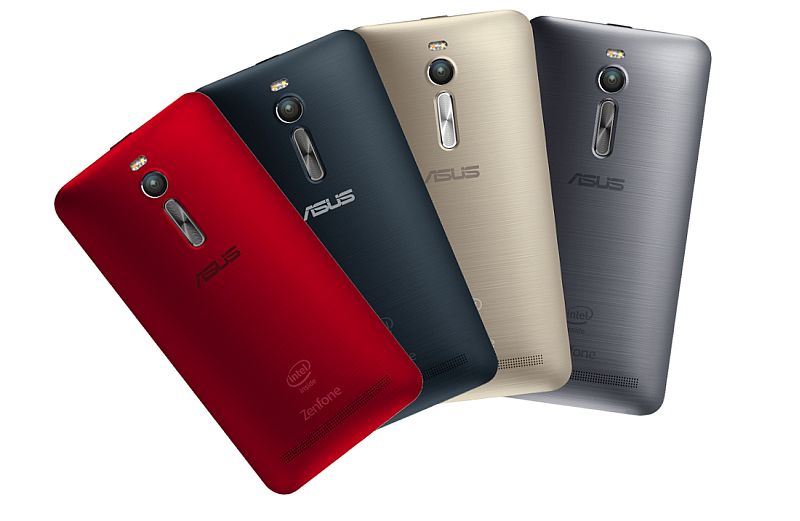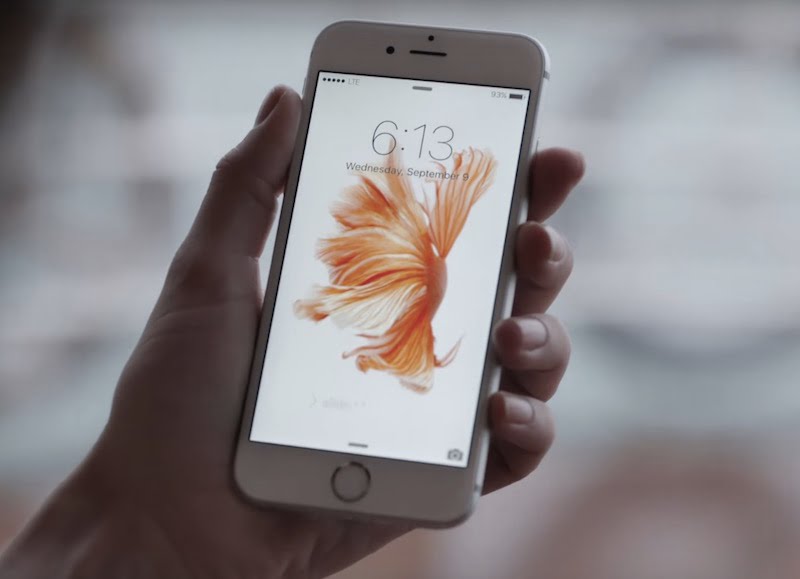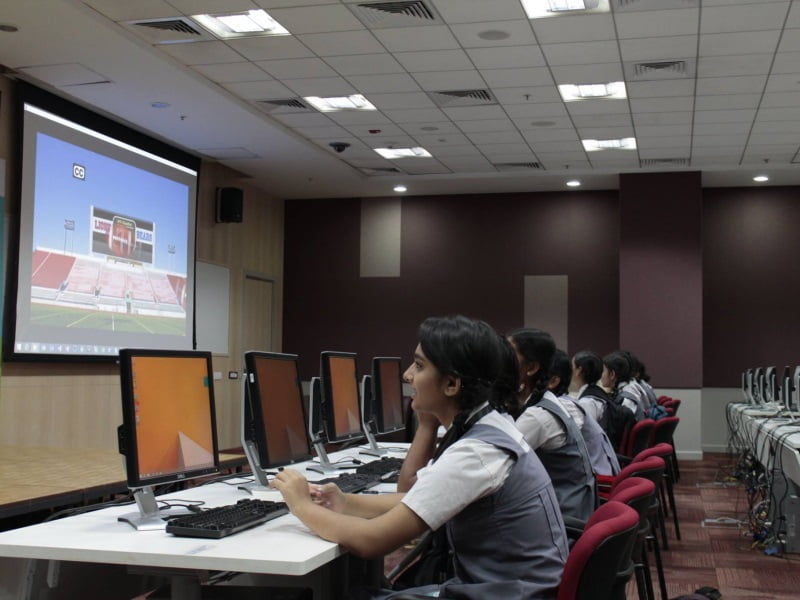
We hear the word “inclusivity” thrown about quite a bit these days. Some would call it a buzzword, but inclusivity is important to consider given all the innovation we have seen in the past decade. From powerful smartphones to VR video games, technological capabilities keep moving ahead in leaps and bounds.
However, factors like geographic location, disabilities and socioeconomic standing prevent some of us from reaping the technological benefits as much as others. The good news is, when incorporated correctly, technology can close these gaps and improve access to important resources and engagement on a global scale.
What Does Inclusivity in Technology Actually Look Like?
Simply put, inclusivity in technology is a concerted effort by developers (and the businesses that hire them) to create with empathy. It also means approaching accessibility as an opportunity, not a burden. This sounds easy, but the reality is that mobile and desktop apps are becoming increasingly sophisticated. Today, almost every single platform we use has a social component and provides elements of real-time engagement.
From live streaming, to broadcasting, to video chat and beyond, real-time engagement technology is bringing new services and communication capabilities to the masses in amazing new ways. In fact, it has reached incredible prevalence in all industries as consumers demand the ability to connect with others as they do just about everything online. This includes shopping, playing video games, collaborating with coworkers, working out and even getting an education — name the activity and there’s a need for voice and video capabilities to improve it online.
But, there are still glaring inequalities in who can enjoy the services we can now access through real-time engagement technology. While there are many different ways to weave inclusivity into a program’s design, here are just a few to consider.
Borders Are for Maps, Not Your Apps
Where we are born shouldn’t be the deciding factor of whether or not we can enjoy the technological revolution. However, limited access to 5G and technology still makes it hard for some communities to access real-time engagement platforms. Take for example a remote, rural village served by 2G internet while major metropolitan centers with 5G access can stream everything from sports events to yoga classes.
Building on a dedicated real-time communications network can be the great equalizer. Unlike public networks, dedicated networks deliver scalable, sub-second and low-latency results from anywhere in the world. This is made possible with algorithms that monitor in real-time and select the most efficient routing path automatically. The end result is a high-availability network that sees no boundaries.
Dedicated networks are already making a huge difference. Doki Doki, a voice technology company, announced a partnership to work with South African National Council for the Blind to bring Dabel, an audio streaming app, to blind users in underserved regions of Africa. By integrating Agora’s dedicated network, Doki Doki was able to ensure that Dabel could cross borders and reach users on low-bandwidth networks and on lower-powered devices.
Design with Users with Disabilities in Mind
Many companies do not do enough to accommodate users with disabilities. For example, those who are hard of hearing might not be able to enjoy audio features of certain applications. In this day and age, that’s simply unacceptable. While developers might be challenged to create an equally rich experience for all users, they can lead the charge to design inclusively by making modifications to popular apps and platforms that keep accessibility in mind.
According to the National Institute on Deafness and Other Communications Disorders, at least 10% of Americans (roughly 25 million) deal with some level of hearing loss that ranges from mild to total deafness. To communicate, this community uses the widely adopted American Sign Language (ASL) system. But not everyone knows ASL, which can make communication difficult. People with hearing impairments can communicate via interpreters when available, but this option isn’t often available online. This creates obvious barriers to free-flowing and natural conversation on real-time engagement platforms.
As developers, we can empower end-users with hearing impairments by building a sign language recognition app into platforms that translates ASL gestures into text and speech in real-time. This kind of app lets users sign-in to a video chat while the application simultaneously uses machine learning and augmented reality to translate ASL into spoken word or text.
The utility of this technology can be limitless when applied more widely. Consider for a moment a mobile therapy application. The beauty of these apps is that users can quickly access mental health services when they need them the most. But, what if a therapist who knows ASL isn’t online when a person who is hearing impaired needs a session? Integrated sign language recognition would reduce barriers to having a meaningful virtual experience for a wider range of users.
Expand Access to Essential Resources Like Healthcare
Providing widely-available, quality healthcare is a central value across many cultures, but for many, the quality of healthcare can vary greatly based on physical resources. If physical infrastructure is lagging, why not turn to digital platforms to try and lessen gaps in care?
In early March, DrFirst, a pioneer in telehealth, announced the creation of Backline, a powerful collaboration tool that allows healthcare providers and patients to communicate from anywhere in the world. By way of powerful, real-time engagement features, clinicians can remotely treat symptoms, discuss care plans and even correspond with EMTs in emergencies. For patients that live in underserved regions or who may be contagious, this alternate avenue could mean the difference between life and death.
Developing to Deliver Solutions
As developers, we have the power to help connect people around the world and deliver valuable resources with minimal barriers to access. With the pandemic upending any notion we had of a normal life, this has never been more apparent. Innovation is springing up in diverse places as we watch industries undergo swift digital transformations in an attempt to stay relevant.
As we ride this wave of ingenuity, we should remember that access means more than just being able to download an app and run it on your phone or web browser. Today, we have sophisticated technology that can be leveraged to bring tech to people and places that have been historically underserved. Developers who create technology with that consciousness in mind can help deliver technological solutions that will improve societies in countless ways.
source: devops













